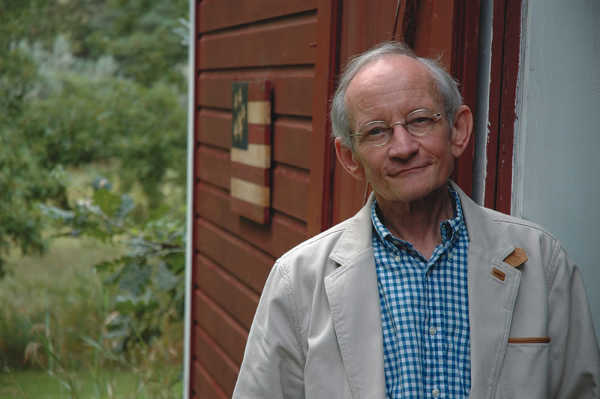- Tim Riley
- Posted On
Fantasy takes ‘Shape of Water’; ‘Christmas Story’ On TV
THE SHAPE OF WATER (Rated R)
The misunderstood monster or mutant has a long history in cinema.
Director Guillermo del Toro has obviously been inspired by the amphibious Gill-Man in “Creature from the Black Lagoon” to arrive at his fantasy fable of “The Shape of Water.”
Set during the height of the Cold War in 1962 at an underground secret government facility in Baltimore, “The Shape of Water” takes shape, so to speak, as a romantic love story in the same orbit as “Beauty and the Beast.”
The film opens with a dream sequence in an underwater world where a young woman floats in her own apartment. The dreamer is Elisa (Sally Hawkins), a lonely, isolated mute who works as a cleaning lady at the government laboratory.
Only able to communicate in sign language, Elisa finds a friend at work in colleague Zelda (Octavia Spencer), who serves as the narrator to give voice to whatever Elisa seeks to convey to others in the workplace.
While Zelda is a hard-working African American struggling with the temper of the times, Elisa’s neighbor is Giles (Richard Jenkins), a closeted gay man struggling with his career as an illustrator. Together, all three of these individuals form an odd, minority outsider group.
Meanwhile, Richard Strickland (Michael Shannon), the square-jawed, sadistic agent in charge of a secret project, has captured an amphibious creature from the Amazon, who is now the subject of experiments under the supervision of Dr. Hoffstetler (Michael Stuhlberg).
Curious about the creature chained inside a large water tank, Elisa draws him (Doug Jones) out by first offering a hard-boiled egg that is part of her morning ritual at home. She also plays jazz albums and tries to teach him sign language.
A bond forms between these two isolated, outcast beings, and when it becomes clear that the nameless creature will be dissected and destroyed in the name of science, if only to thwart the Soviet spies nosing around, Elisa and her pals plot for a daring rescue.
The press notes indicate that within del Toro’s storytelling, the themes of good and evil, and innocence and menace, “beauty and monstrosity weave in and out of each other, revealing that no darkness can ever fully defeat the light.”
These themes stoke the director’s passion for simultaneously haunting and enchanting audiences. The interspecies romance, which becomes graphic, propels “The Shape of Water” into an uncharted fantasy realm that has not been captured in previous films of this genre.
Against the fascinating backdrop of the Space Race, Cold War and Civil Rights movement, there is plenty of raw emotion running through “The Shape of Water” to create this unusual love story.
Tim Riley writes film and television reviews for Lake County News.










